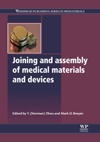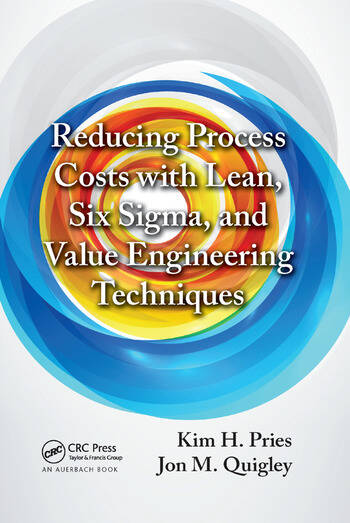
The U.S. Food and Drug Administration should develop a new regulatory framework to replace the 510(k) clearance process for moderate-risk medical devices, advises a report issued July 29 by the Institute of Medicine (IOM). According to the report, the 510(k) process lacks the legal basis to be a reliable premarket screening tool for the safety and effectiveness of Class II devices and cannot be transformed into one.
An independent, nonprofit advisory organization, the IOM believes the FDA would be better off developing a new framework that uses both premarket clearance and better postmarket surveillance to provide reasonable assurance of the safety and effectiveness of Class II devices. The FDA should also ensure that the new process allows devices to reach the market in as rapid and least burdensome a fashion as possible.
The 510(k) clearance process was devised to provide a more expedient way to evaluate Class II devices than the more rigorous premarket approval (PMA) process that high-risk Class III devices must undergo. Unlike the PMA process, which requires manufacturers to submit results of safety and efficacy tests, the 510(k) process relies on “substantial equivalence”-determining if new devices are sufficiently similar to comparable products that have been previously cleared or were on the market prior to 1975, when the 510(k) process was enacted.
The IOM report concluded that reliance on substantial equivalence cannot assure that Class II devices are safe and effective, since most devices used as the basis for comparison were never reviewed for safety or effectiveness. This does not mean that they or the devices that followed them are unsafe, and the report notes that continued use of these products in clinical practice should provide a level of confidence in their safety and effectiveness.
“It’s not clear that the 510(k) process is serving the needs of either industry or patients, and simply modifying it again will not help,” says David Challoner, chairman of the IOM committee that wrote the report. “The 510(k) process cannot achieve its stated goals-to promote innovation and make safe, effective devices available to patients in a timely manner-because they are fundamentally at odds with the statutes that govern how the FDA must implement the process.”
Medical device assemblers were quick to criticize the report. “We completely disagree that the 510(k) pathway is ‘flawed’ and that the FDA needs to eliminate it,” says Mark Leahey, president and CEO of the Medical Device Manufacturers Association. “Studies prove the 510(k) process has a strong track record on patient safety, and a complete overhaul of the system is simply not warranted.”
“The report’s conclusions do not deserve serious consideration,” adds Stephen J. Ubl, president and CEO of the Advanced Medical Technology Association. “It proposes abandoning efforts to address serious problems with the administration of the current program by replacing it at some unknown date with an untried, unproven and unspecified new legal structure. This would be a disservice to patients and the public health.”
Indeed, the IOM report does not specify what a new framework should entail. However, it does advise the FDA to explore whether a modified version of its de novo process could replace the 510(k) process. The de novo process reduces the amount of information manufacturers must supply for devices deemed to be of low or moderate risk, but that have no predicate devices against which to be compared.
To download a copy of the report, visithttp://iom.edu.







